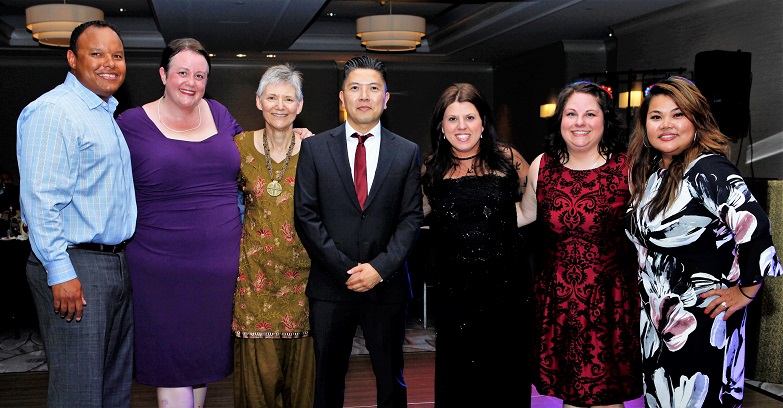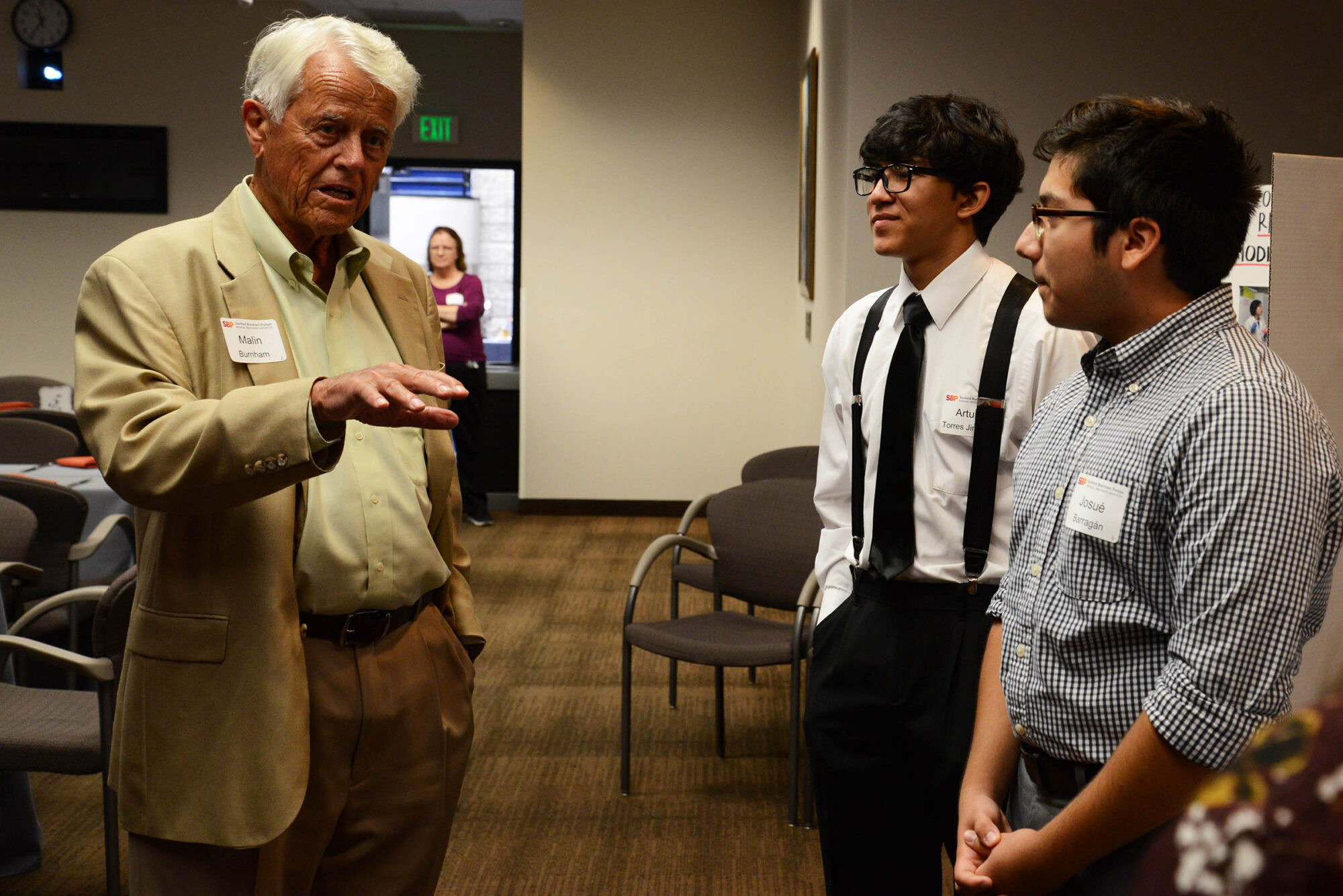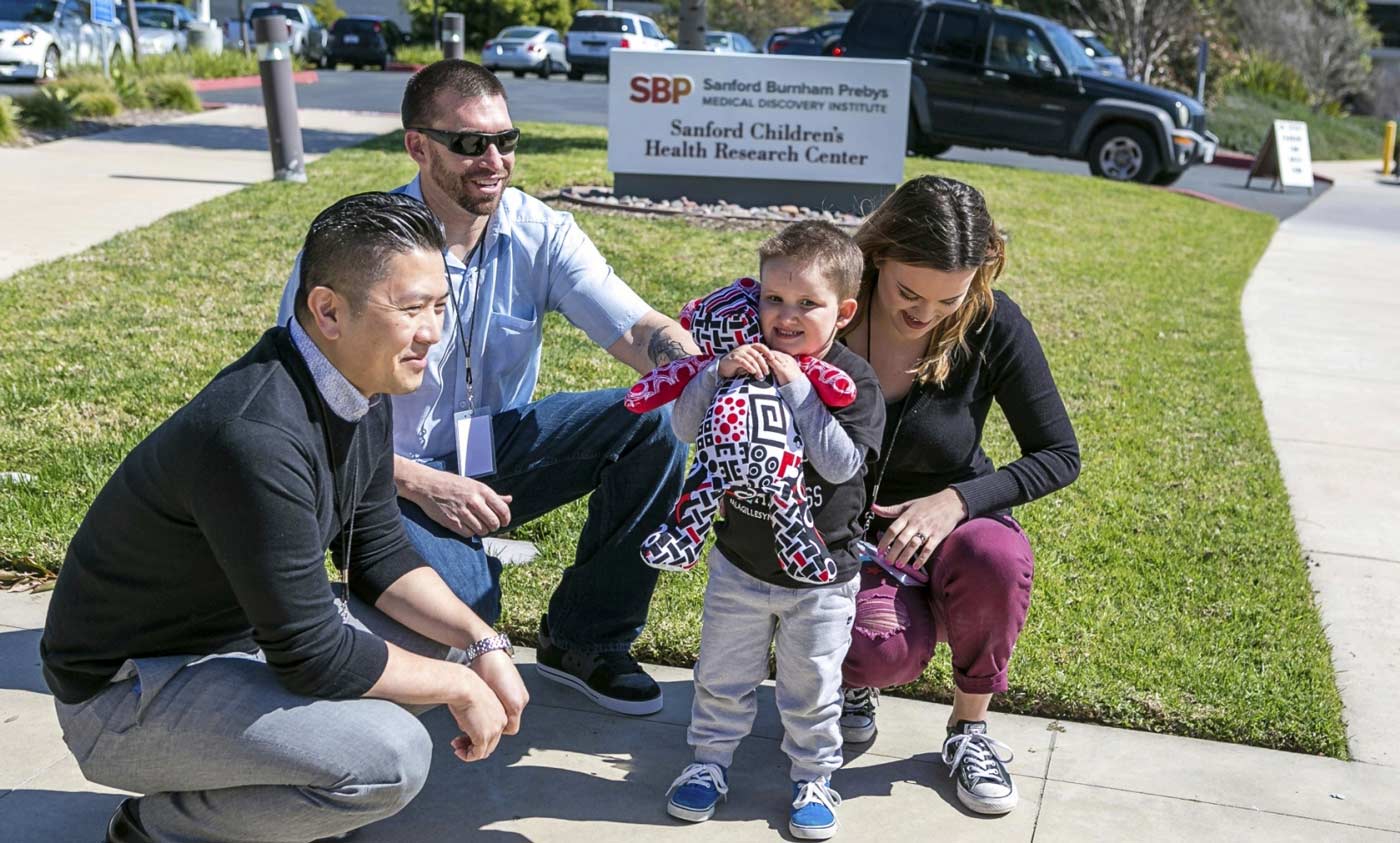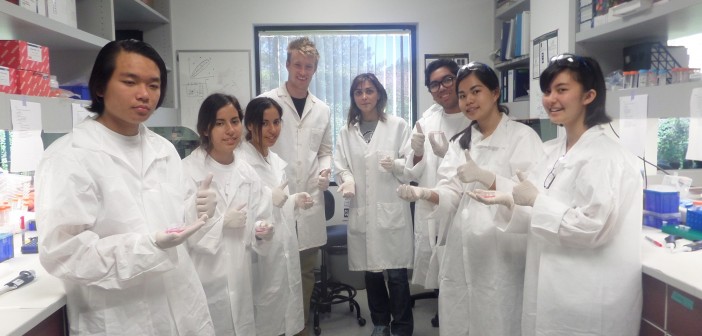Armed with wiggly worms and striped zebrafish, on Saturday, March 2, more than 20 volunteers from Sanford Burnham Prebys helped kids and their families learn about the power of DNA at the San Diego Festival of Science & Engineering’s EXPO Day.
One of the largest STEM (Science, Technology, Engineering and Math) festivals in the U.S., this year’s event featured more than 130 interactive exhibits designed to ignite a passion for science in K–12 students. Despite an uncharacteristically rainy morning, an estimated 17,000 people attended.
For Joseph Lancman, PhD, a postdoctoral researcher at our Institute who was the first in his family to graduate from college, the festival was an opportunity to provide children with the experience he wishes he’d had as a kid.
“Growing up, I knew I was interested in human health, but I had no idea that research was an option,” Lancman says. “Like many kids, I thought I wanted to be a doctor. But in college, I quickly learned that I wanted to know more. I wanted to know what causes disease and how scientists go about finding cures.”

Dr. Lancman and his son
At our booth, postdoctoral researchers, graduate students and staff helped children don paper lab coats and explore DNA-themed activities.
Children were able to see live worms with DNA mutations that affect their movement, courtesy of the lab of Malene Hansen, PhD, professor in the Development, Aging and Regeneration Program. Compared to normal worms, some mutant worms moved mindlessly in circles, and others remained relatively immobile—illustrating how changes in a DNA sequence can dramatically affect life.
At the adjacent station, provided by the lab of Duc Dong, PhD, assistant professor in the Human Genetics Program, children squinted through microscopes and peered into fish tanks to observe how DNA changes can dramatically affect the heartbeat of zebra fish—one of the most powerful model organisms used to study vertebrate biology.
Lancman, who works in Dong’s lab, took care to explain the exhibit in child-friendly language (he credits his four-year-old son for helping him develop this skill).
“I want kids to know that science is like a puzzle,” he explains. “It takes time to put all the pieces together, but when you’re done, you can see the big picture—and that big picture can lead to improving human health.”





